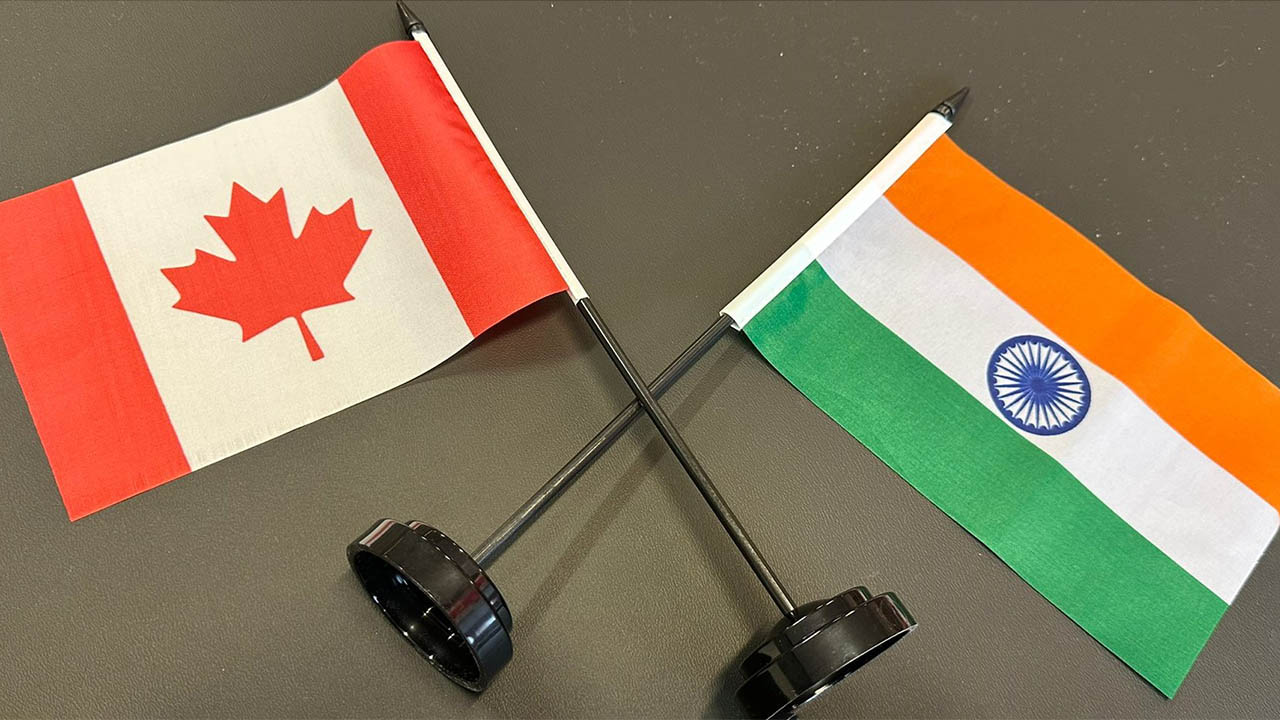Students fearful as tensions arise between Canada and India
 CREDIT: MAURICIO PRADO
CREDIT: MAURICIO PRADOA look back on the history between Canada and India as tensions continue to escalate.
When Hardeep Singh Nijjar, a Sikh independence advocate, was killed outside Guru Nanak Sikh Gurdwara Sahib in Surrey, BC on Sept. 18 and Prime Minister Justin Trudeau accused the Indian Government of having a role in his assassination, it started a heated argument between the two powers of world politics.
A spokesperson for India’s Ministry of External Affairs has labelled Canada a “safe haven for terror” and has halted the issuance of Indian visas to Canadian citizens. India has also issued an advisory for its Indian residents currently in Canada, urging them to remain safe and aware of their surroundings. On Oct. 3, it was reported that India had asked for the removal of 41 Canadian diplomats.
A word that is coming out repeatedly in all the heat is “Khalistan.” So, what is Khalistan? An Indian student who asked to remain anonymous out of fear for their safety said it all started in 1984 in India.
“The Indian Prime Minister during that time, Indira Gandhi, launched Operation Blue Star on the Golden Temple, the most sacred place for Sikhs. The operation saw thousands of Sikhs killed in Amritsar, including Sikh leader Jarnail Singh Bhindranwale,” the student said.
He said that Sikhs were angry about what happened during that time, and as a result, two Sikh bodyguards of Indira Gandhi assassinated Gandhi during their duty. He added that the killing of the prime minister started Sikh riots in the whole nation; millions of Sikhs were killed in India, and it was deemed an attack on minorities.
The British used to rule India before 1947; they divided the Indian nation into two separate countries based on religion, India and Pakistan.
“After what happened in 1984, a group of Sikhs started a movement. They wanted a separate nation for Sikhs in India because they were done with all the discrimination against minorities in India. The movement is known as Khalistan,” the student said.
He added that there were some Sikhs who were able to leave India and migrate to other countries like Canada, the United States and the United Kingdom.
“Although things went peaceful in India after 1993, there was still anger amongst Sikhs who had to leave their homes or had one of their family members killed. Some of them could never return to their homes,” the student said.
Hardeep Singh Nijjar was part of a group of Sikhs who demanded the freedom of Sikhs in India and asked India to give a new nation to Sikhs. These groups are often called extremists and activist groups by the Indian government, who refuse to have common ground with each other.
In response to Canada’s accusations, the Indian government has issued an advisory for its Indian citizens in Canada to be safe and aware of their surroundings. India has also stopped giving Canadian citizens new Indian visas for travelling. This has left many Indians, including students at Fanshawe, worried. Even parents in India are concerned about the safety of their children in Canada and have a close eye on what is happening in both countries.
President of the Fanshawe Student Union (FSU), Stephin Sathya, said that despite this delicate situation, everybody must remain united.
“It is important not to bring hatred into our classrooms and to maintain a friendly and united stance during these challenging times. Things have escalated rapidly, and it is vital that we stay informed and updated,” Sathya said.
He said that the safety and well-being of students are the top priorities for the college. He added that Fanshawe’s International Centre and FSU are available to assist students in need.
















